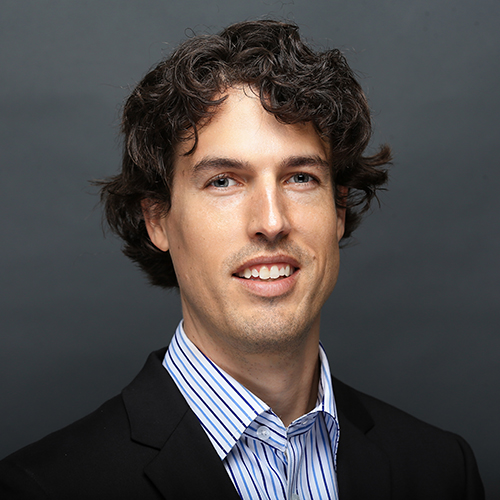Directory
Timothy Reissman
Associate Professor
Full-Time Faculty
School of Engineering: Department of Mechanical and Aerospace Engineering
Email: treissman1@udayton.edu
Selected Publications
- Lou, R., Hallinan, K. P., Huang, K., & Reissman, T. (2020). Smart Wifi thermostat‐enabled thermal comfort control in residences. Sustainability – Special Issue Intelligent Mechatronic and Renewable Energy Systems, 12(5), 1919.
doi: https://doi.org/10.3390/su12051919 - Golembiewski, C., Schultz, J., Reissman, T., Merriman, H., Walsh-Messinger, J., & Jackson, K. (2019). The effects of a positional feedback device on rollator walker use: A validation study. Assistive Technology.
doi: https://doi.org/10.1080/10400435.2019.1637380 - Reissman, T., Halsne, E., Lipschutz, R., Miller, L., & Kuiken, T. (2018). A novel gel liner system with embedded electrodes for use with upper limb myoelectric prostheses. PLOS One. doi: doi: https://doi.org/10.1371/journal.pone.0198934
- Kuiken, T., Fey, N. P., Reissman, T., Finucane, S., & Dumanian, G. (2018). Innovative use of a thighplasty procedure to improve prosthesis fit and function in an overweight transfemoral amputee. Plastic and Reconstructive Surgery - Global Open. doi: 10.1097/GOX.0000000000001632
- Li, Y., Baker, E., Reissman, T., Sun, C., & Liu, W. K. (2017). Design of mechanical metamaterials for simultaneous vibration isolation and energy harvesting. Applied Physics Letters, 11(25), 251903-1:5.
- Lonini, L., Reissman, T., Ochoa, J. M., Mummidisetty, C. K., Kording, K. P., & Jayaraman, A. (2017). Sensor fusion to infer locations of standing within the home in incomplete spinal cord injury subjects. American Journal of Physical Medicine and Rehabilitation, PMID: 28379922. doi: 10.1097/PHM.0000000000000750
- Reissman, T., Wickenheiser, A. M., & Garcia, E. (2016). Generalized solutions of piezoelectric vibration-based energy harvesting structures using an electromechanical transfer matrix method. ASME Journal of Vibration and Acoustics, 138(4), 04100.
doi: 10.1115/1.4033261
Selected Patents
- Kuiken, T., Reissman, T., Halsne, E., & Lipschutz, R. Magnetic electrical connector for assistive devices. Rehabilitation Institute of Chicago. U.S. Patent, US 2016/0038314 A1, published February 11, 2016 (filed August 6, 2014).
Selected Honors and Awards
- University Teaching Fellow, University of Dayton, 2017-2018
- Kern Entrepreneurial Engineering Network Faculty Fellow, University of Dayton, 2017
- National Institutes of Health NRSA T32 Postdoctoral Fellow, Northwestern University, 2013-2015
- Intelligence Community Research Fellow, Department of Defense, 2010-2012
Degrees
- Ph.D., Mechanical Engineering, Cornell University, 2013
- M.S., Mechanical Engineering, Cornell University, 2008
- B.S., Mechanical and Aerospace Engineering, Cornell University, 2002
Courses Taught
- MEE 204: Introduction to Robot Design
- MEE 205: Mechatronics
- MEE 341: Engineering Experimentation
- MEE 438: Robotics and Flexible Manufacturing
- MEE 439: Dynamic Systems and Controls
- MEE 437 / 537: Autonomous Systems
Professional Activities
- Associate Editor, Journal of Assistive Technology
- American Society of Mechanical Engineers (ASME)
- Institute of Electrical and Electronics Engineers (IEEE)
- American Society for Engineering Education (ASEE)
Research Interests
Dr. Reissman's primary focus is aimed at developing solutions to help people in need. His research group specializes in the advancement of human-machine interfaces to improve medical and assistive technology. Recent projects include design of mechatronic systems to improve the efficacy of rollator walkers, canes, prostheses and exoskeletons. Likewise, clinical relevance is maintained through collaborations with physical therapy faculty at the University of Dayton, physicians within the Greater Dayton Area Hospital Association and medical device designers within local industry. Other research includes the study of coupled systems – whether they be human-machine interfaces or electromechanical / control systems.
